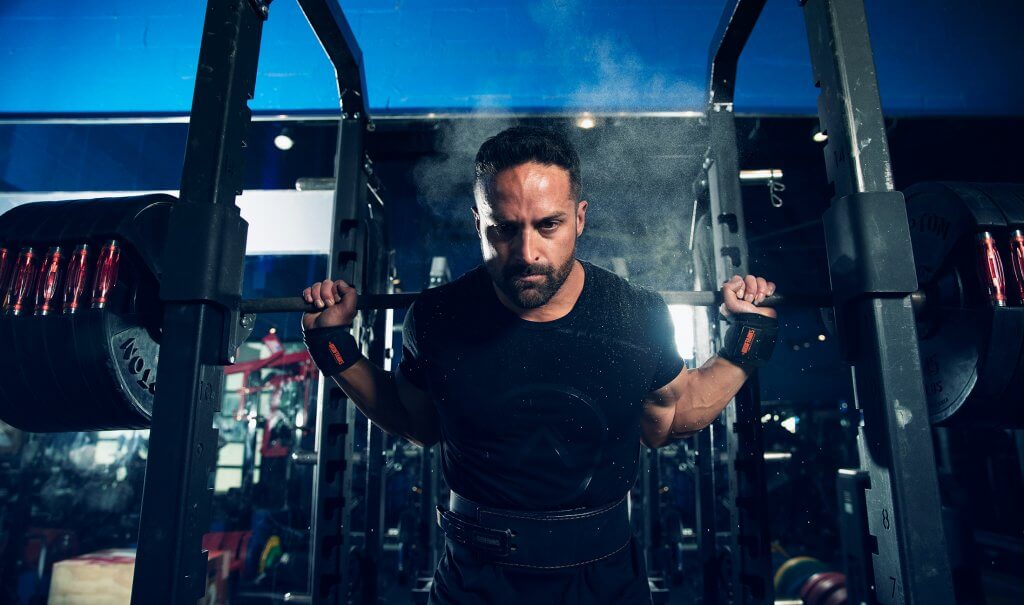Supersets have been shown to be effective for reducing training time without impacting training volume, but what's an appropriate rest interval between superset sequences to maximize training efficiency without sacrificing volume?
Overview
- What did they test? Researchers compared fixed rest intervals (one, two, and three minutes) to a self-selected rest interval and measured how they impact training volume and training session time and efficiency.
- What did they find? Shorter rest times lead to lower training volumes and shorter training sessions whereas, longer rest times lead to higher training volumes and longer training sessions.
- What does it mean for you? Taking a self-selected rest approach between sets where you rest as long as needed until you feel ready, could reduce training time without negatively impacting volume.
What’s the Problem?
Supersets have been a common intensity technique for bodybuilders and avid gym goers. The term "superset" is broad and generally refers to performing two different exercises back to back targeting different muscle groups or the same muscle group 2. There's a number of terms used to describe different types of supersets. 'Complex training' involves pairing biomechanically similar exercises to preload musculature for increased power output 2. Compound sets are characterized as back to back exercises targeting the same muscle group 2. Agonist-antagonist paired sets (APS), the most common iteration of supersets, involves pairing exercises that target different muscle groups 2. Agonist muscles are the ones that perform the concentric contraction whereas antagonists are the opposing muscle group that lengthen during muscle action. For example, the biceps would be the agonist muscle group during a bicep curl and the triceps would be considered the antagonist muscle. Nonetheless, the primary purpose for implementing APS is to cut down on rest intervals and increase training efficiency by allowing one muscle to recover while a different muscle group is being trained.

Rest intervals (RI) are an important variable to consider when designing a training program. If not properly considered rest intervals can negatively impact training volume (which we discuss in another review in this issue), as well as training session time and intensity. Rest intervals that are too long will substantially increase training session times, on the other hand, having rest intervals too short will negatively impair recovery between sets and limit intensity and volume. This is where APS could provide the proper balance between efficiency and recovery by increasing training session efficiency and allowing proper recovery to support training intensity and volume. One way to assess training efficiency is by measuring session time and total training volume (TTV). Training efficiency can be increased by decreasing total training session time and maintaining TTV or increasing TTV and maintaining total training session time.
Previous studies show that incorporating the APS method does not negatively impact, and may improve TTV compared to traditional set training 3 4 5 6. There's also a previous study comparing rest interval length between APS, showing that shorter rest intervals (one minute or less) can improve training volume 7. What has been investigated less is how long rest intervals should be between superset sequences to maximize training efficiency and volume. The interesting aspect of the study we review is, it's the first to include a self-selected rest interval (SRI) between APS and examined how this can impact training efficiency and TTV. Also, for simplicity we will be using the term superset throughout this article to refer to APS.
Purpose
Researchers wanted to compare how fixed (one, two, and three minute) and self-selected rest intervals (SRI) between supersets would impacted training volume and efficiency.







